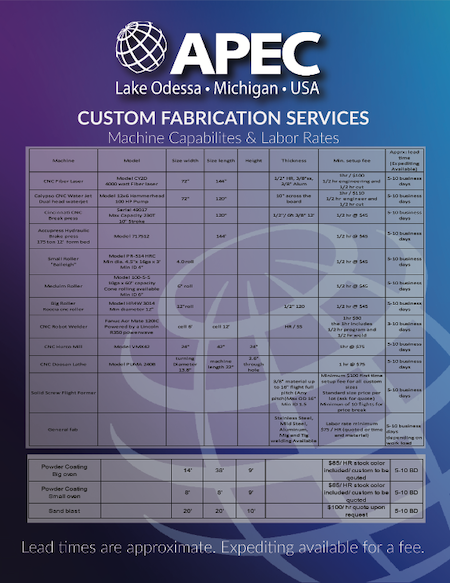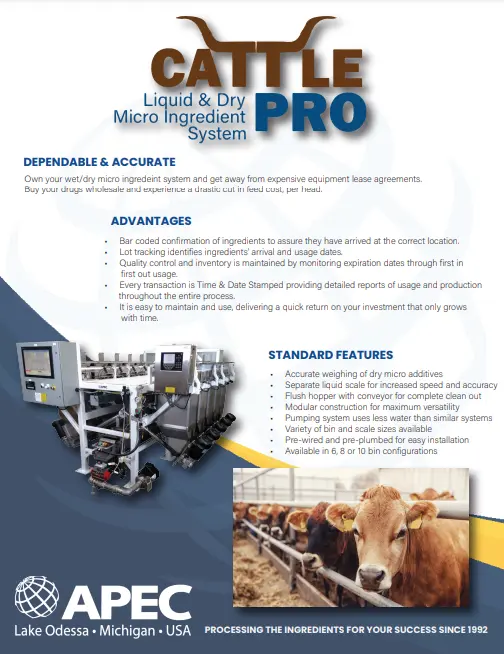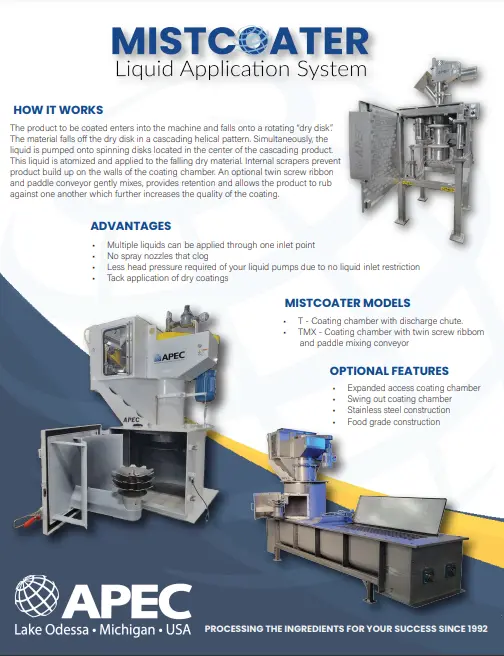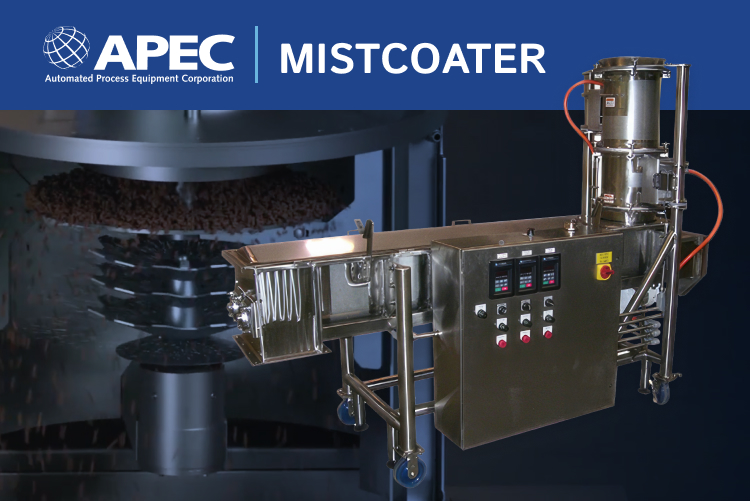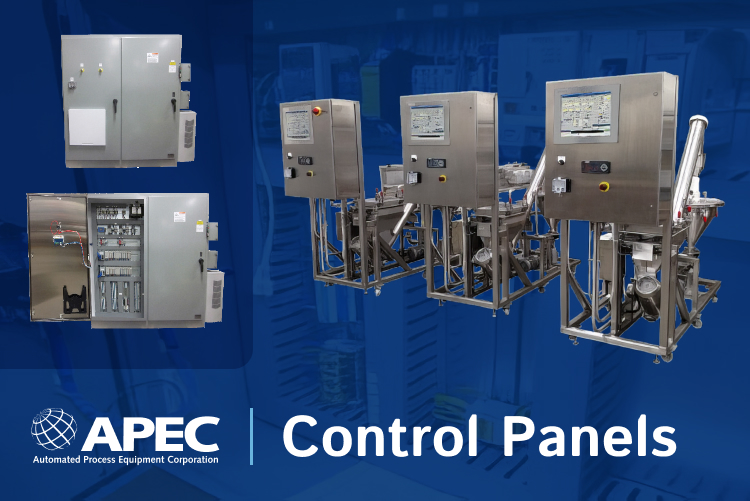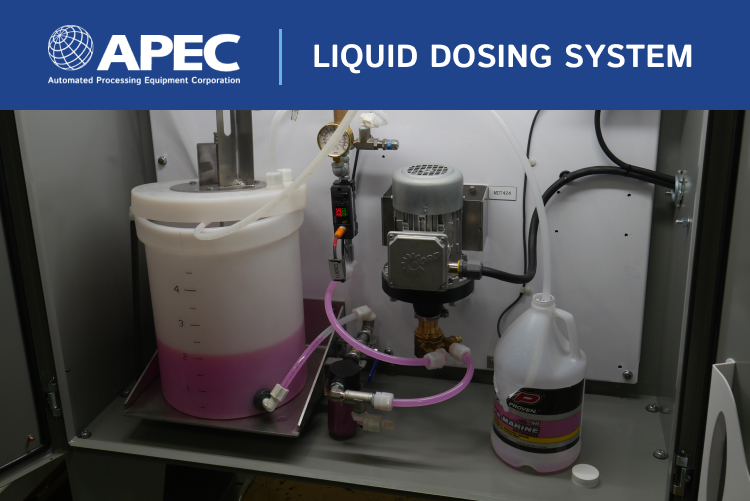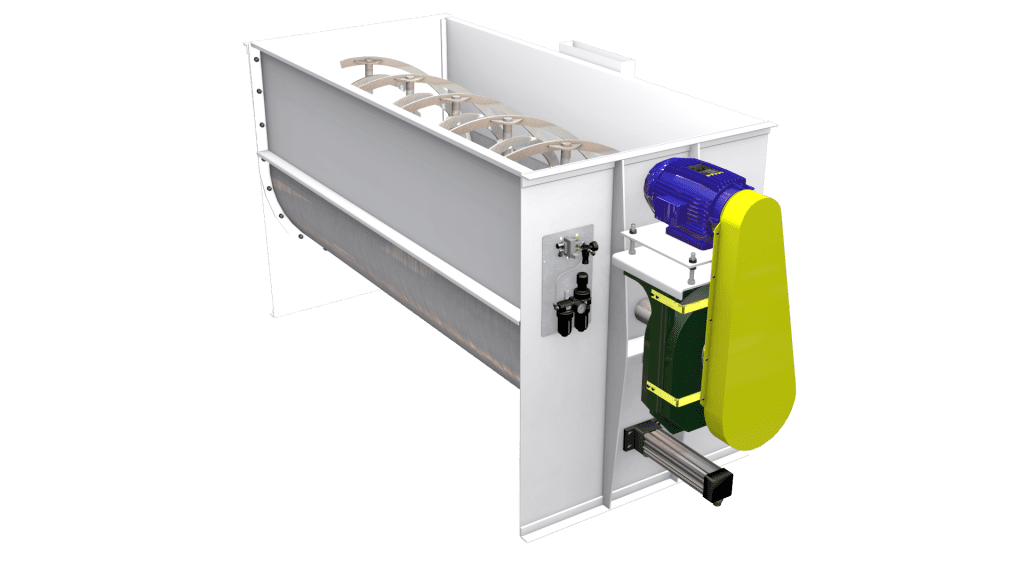
Ribbon blenders, paddle mixers and other types of food mixture machines and industrial mixers are integral to an ingredient system. With proper maintenance, these mixers can last for decades. Without proper maintenance, they may wear out prematurely.
Setting aside time to regularly perform industrial mixer repairs and maintenance can save you thousands in the long run.
How do you maintain an industrial mixer?
Keep these eight mixer system maintenance tips in mind to extend the life of your industrial ribbon blender, paddle mixer or other food mixture machines.
1. Check Components for Lubrication
This is one of the most important general mixer and industrial ribbon blender maintenance tips to keep in mind, and one that is easy to take care of.
Regularly checking lubricant levels and ensuring that the moving parts in the mixer are properly lubricated can extend the life of your mixer for years. We recommend setting aside time once a month to check the levels of your industrial food mixers.
Some parts within the mixer, such as the drive components, make up a significant part of the mixer’s cost. So replacing these will be almost as expensive as buying a new mixer. Pay special attention to the lubrication around the drive, reducer, and shaft bearings.
2. Maintain the Seal
Mixer and agitator seals keep ingredients in the mixer. They also protect the movement of the shaft. If a seal is damaged, material will escape or the alignment of the shaft may shift.
There are many different types of mixer seals. The best mixer maintenance tips for each will depend on which your machine has.
- Air-Purged Seal: Check the air pressure and air quality to make sure this air-tight seal is holding.
- Stuffing Boxes: Check the packing material for wear or damage and tighten or replace the stuffing boxes where necessary.
- Lip-seals: Check for leaks and damage regularly. If these mechanical seals wear out more frequently than normal, the seal material might be incompatible with the material being mixed, especially if you are working with corrosive or abrasive materials.
- Single seals: Measure and adjust the spring compression to meet the manufacturer’s recommendations. Replace the seal faces if the wear is obvious or the seal isn’t holding.
If you require industrial mixer seal repair services, we offer solutions to help ensure your machines are working properly and maintain productivity.
3. Monitor the Drive System Tension
The drive system is one of the ribbon mixer’s and other mixer’s most valuable components. Keeping the reducer, belt, or chain-and-sprocket mechanism properly lubricated (see the first point, above) is one of the best ingredient system mixer maintenance tips to keep in mind.
It is most important to regularly check the tensioning on the belt or chain. The belt or chain will slip if it is too loose and could cause damage to the sprocket or burn the belt. If the belt or chain is too tight, they will start to wear out bearings prematurely.
Keep the tension within the manufacturer’s recommendations and check it monthly to be sure it is correct.
4. Check the Discharge Gate Operation
Over time, dust, dirt, powder, or foreign objects can get lodged in the discharge gate, causing it not to completely close. Check limit switches to make sure the gate is completely closed or open when the limit switch is used.
Observe the discharge gate during operation to make sure it opens and closes properly. If the gate does not fully open, it can cause material to remain in the mixer. If the gate doesn’t fully close, material will leak out.
5. Protect the Mixer Tub
The body of the mixer is also an important part of proper ingredient system mixer maintenance. Whether you have a ribbon mixer, paddle mixer, or another type of mixer, the body of the machine can be damaged if the agitator is too close to the walls. Foreign objects, such as bits of metal or small rocks, can also damage the mixer as it operates.
Over time, the shaft can shift, causing the mixer blades to move too close or too far away from the tub. This will not only damage the mixer, but it can introduce metal fragments into the mix, and disrupt the overall mixing operation.
Remember that the mixer is designed to best meet the needs of your ingredients—if the mixer components are not in proper alignment, it will not mix properly. If you hear scraping sounds or the mixer is vibrating excessively, the shaft may be out of alignment and the blades are too close to the tub.
6. Clean Intervents
Intervents allow displaced air to escape as ingredients enter the mixer. These intervents can easily become clogged with dust. Clean them regularly to allow air to escape and your ingredients to enter the mixer easily. If the air can’t escape through intervents, dry materials can create clouds of dust as it escapes through other exits. Dust introduces risks of fire and explosion.
7. Inspect Electrical
Check electrical cords for breaks. As people and machines move around the facility, cords often get in the way. A broken electrical cord is a safety hazard, exposing workers to the risk of shock and fire.
Combine a damaged electrical cord with the previous issue—clogged intervents creating clouds of dust—and two seemingly minor problems can become a very serious problem, including a powder fire or explosion.
Using a damaged electrical cord can also damage the machine’s internal components. To make sure your industrial ribbon blender or other mixer operates at the proper level, check the current consumed while it’s operating. If it’s consuming too much or too little, there may be damage somewhere in the electrical system or motor.
8. Check the Coefficient of Variation
One of the best ways to make sure your mixer is working properly is to check the coefficient of variation (CV). Once a year, take a number of samples of your mix and send them to a lab to check the CV. This might seem like an overly meticulous step, but it can help to prevent over- or under-mixing. It can also show if your mixer is not operating properly.
If your process changes, such as automating a hand-add step, you might also be able to speed up your mixing time to suit the new speed. Checking the CV will show if the new mixing time is adequate, or if other adjustments should be made.
Extend the Life of Your Industrial Mixer
These steps may seem time-consuming all together, but setting aside a bit of time for these tasks will make maintenance much more manageable. Also, consider the time, money, and energy it takes to replace or repair a mixer that is not properly maintained. When comparing the two, setting aside maintenance time will always be faster, cheaper, and easier.
At APEC, we offer a variety of solutions, like field services, industrial mixer repair services, and replacement parts, to help you extend the life of your industrial mixer. And, if you’re looking to fully replace a machine, we offer a variety of industrial mixers, like our Horizontal Ribbon Mixer.
Get in touch with us today to learn more.


